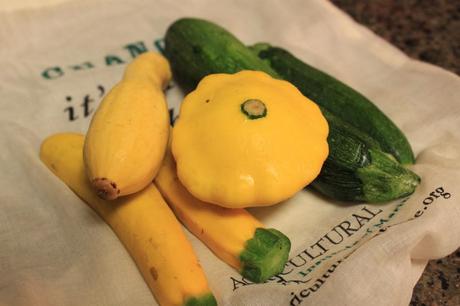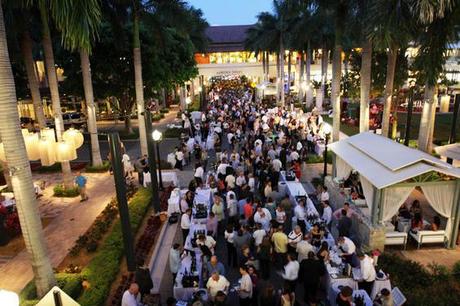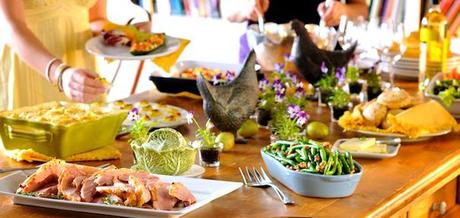
Local and organic eating has been swiftly taking over the food movement – there are many restaurants that feature local produce/ingredients on their menus, farmers markets are growing and “eating local” has become part of the sustainability movement. So when James Kim, a writer for foodonthetable.com offered to submit a guest post on “eating local” for my blog, I was more than happy to have him! Welcome James, and I hope all of you find his post helpful and informative.
Eating Local 101: How, What and Why
You may have some friends that shop at farmers’ markets or have a subscription to a CSA. So why do they eat local, what defines “local eating” and how can you start eating local, too? Here is everything you need to know about integrating local eating into your meal planning.
What
People define “local” in many different ways, but the general consensus is that local food is any food grown within 100-200 miles.
Local does not necessarily mean organic. Organic is a certification deemed by the USDA and requires a certification process, documentation, and onsite inspections. Most local farmers do not have the time or resources to go through this long certification process, therefore they forgo the official USDA organic seal. While they may lack the official certification, most local farmers use organic practices. Local food usually is organic by USDA standards. To insure that your local eats are organic, make ask farmers about their product. Visit this website to review the USDA standards for livestock, handling, production, and crops.
The local v.s. organic debate has been going on for quite some time. Keep in mind, however, that your food can be both local and organic as explained above — you don’t have to decide between the two! Additionally, you can buy the substance of your meals locally, then buy things that aren’t in season at your nearest organic grocery store (Whole Foods, Sprouts, Trader Joe’s, Central Market, etc.). To find an organic grocery store near you, try the organic store locator.
Why
There are enormous amount of reasons why you should eat local: 1) it makes the local economy stronger by keeping your dollars within the community, 2) it supports farmers, 3) it preserves farmland, 4) it lowers your food’s carbon footprint and benefits the environment, 5) it’s fresher and tastier.
How
Now that eating local has been popularized, it’s readily available through farmers’ markets, CSAs, and even restaurants. But there are some other ways that you can get your local food fix:
1) Food Festivals — Oftentimes, you can meet local farmers at events like food festivals. Some of these festivals even host tutorials on how to grow your own food. Find a food festival within 100 miles of your city by visiting the Pick Your Own website.

2) Road Trip — Take a trip to the nearest u-pick farm or simply a farm that holds tours. U-pick farms allow you to pick your own food. Afterwards, you pay for what you pick. Farm tours can help you get educated about where your food is coming from. You can find local farms by using the Eat Wild website.

3) Throw a Local Food Potluck — Send an invite to friends and neighbors to a local food potluck, requiring that every person bring a dish made of local food.

Of course, barely anyone lives in a region fertile enough to grow everything necessary for a balanced diet all year round. When you can’t eat local, try organic grocers like Sprouts, Whole Foods, or Central Market. Good luck and happy eating!
James Kim is a writer for foodonthetable.com. Food on the Table is a company that provides online budget meal planning services. Their goal is to help families eat better and save money.

